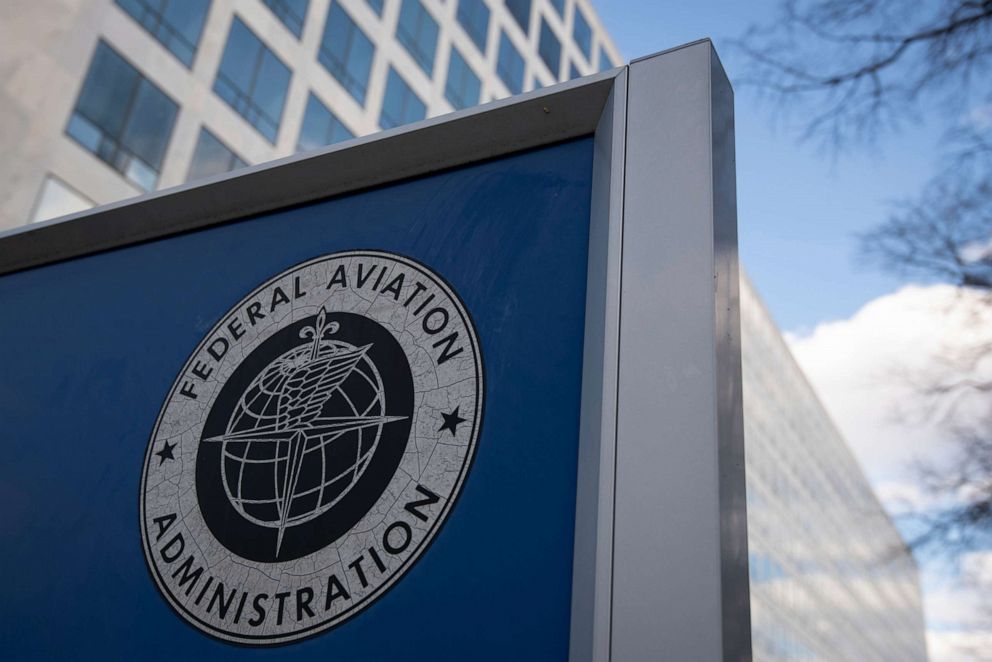Source: FAA
More than 200 safety leaders from across the aviation industry met in specific breakout sessions last week to discuss ways to enhance flight safety as part of the FAA’s Aviation Safety Summit in McLean, Virginia.
The sessions focused on commercial operations, the air traffic system, airport and ground operations, and general aviation operations. Each group was facilitated by a member of industry and an FAA subject matter expert. During his opening remarks to a plenary session that was open to a broad audience, Acting FAA Administrator Billy Nolen urged the industry to look at all aspects of their operations with fresh eyes and to “question conventional wisdom” while examining ways to further enhance aviation safety.
“There is no question that aviation is amazingly safe, but vigilance can never take the day off,” Nolen said. “We must ask ourselves difficult and sometimes uncomfortable questions, even when we are confident that the system is sound.”
Nolen called Wednesday’s summit to focus the industry following a string of recent safety incidents, several of which involved airplanes coming too close together during takeoff or landing. After the morning plenary session, Nolen urged the attendees to discuss specific steps they could take in their respective areas to further tighten the U.S. aviation industry’s already strong safety net.
During their breakout sessions, the industry groups focused on the recent string of incidents for ways to address areas where the existing safety system could be tightened to prevent future occurrences. Below is a brief synopsis of each group’s discussions:
Commercial Operations
- Pursue more efficient methods of sharing safety information in near real-time at all levels of the aviation industry, including frontline workers.
- The FAA will urge the Commercial Aviation Safety Team (CAST) team to set a new goal of eliminating serious incidents such as runway incursions and close calls.
- Continue to refine the data being collected by the Aviation Information Analysis and Sharing (ASIAS) system to include a broader range of factors that will help identify precursors to incidents.
- Pilots and flight attendants expressed concerns that they continue to feel stress in the workplace, including long work hours under adverse conditions. The group acknowledged that risk models should also incorporate human factors.
Air Traffic System
- Re-examine runway incursion data to identify underlying factors that led to these incidents and identify remedies.
- The FAA issued a call to industry to help identify technologies that could augment existing capabilities of surface surveillance equipment and deploy this technology to all airports with air traffic control services.
Airport and Ground Operations
- A primary concern was workforce experience and attrition. Airport operators, airlines, workers, and the FAA discussed sharing the best practices of training programs among airport tenants and other stakeholders operating at airports. Airlines that operate regularly at specific airports said the industry could explore airfield familiarization training for employees.
- The attendees discussed how to effectively implement Safety Management Systems (SMS) at more than 200 of America’s busiest commercial airports. The FAA recently published a final rule that requires those airports to develop and adopt SMS programs within five years. The FAA will host a collaborative workshop on March 30.
General Aviation Operations
- Attendees discussed preliminary data from recent fatal accidents as part of their ongoing efforts to reduce the fatal accident rate in this sector. The group discussed ways to promote the sharing of General Aviation flight data in the ASIAS database to improve safety decision-making.
- On March 22, the FAA will broadcast its annual From the Flight Deck Live virtual event for pilots. Topics will include preflight planning, wrong surface risk and human factors (runway safety), and airport signs, markings and lighting (airports). GA pilots who attend will earn WINGS continuing education credits.
Nolen said he expects the conversations begun during Wednesday’s safety summit will continue in the coming weeks and months, particularly as spring and summer travel demand rebounds from the recent coronavirus pandemic. In addition to asking industry stakeholders to develop specific short-term actions, the overall task of pursing further safety improvements will be the subject of upcoming industry safety meetings such as InfoShare and CAST.
Nolen said in late February that he also planned to appoint a special panel to evaluate the nation’s air traffic system and the FAA’s safety oversight. The members of that panel, as well as further details about the scope of their work, will be announced soon.
In addition to FAA senior leaders, the facilitators for the breakout sessions included Yvette Rose, Senior Vice President, Cargo Airline Association; Pete Bunce, President & CEO, General Aviation Manufacturers Association; Hassan Shahidi, President & CEO, Flight Safety Foundation; and Christopher Oswald, Senior Vice President, Safety and Regulatory Affairs, Airports Council International- North America (ACI-NA).


